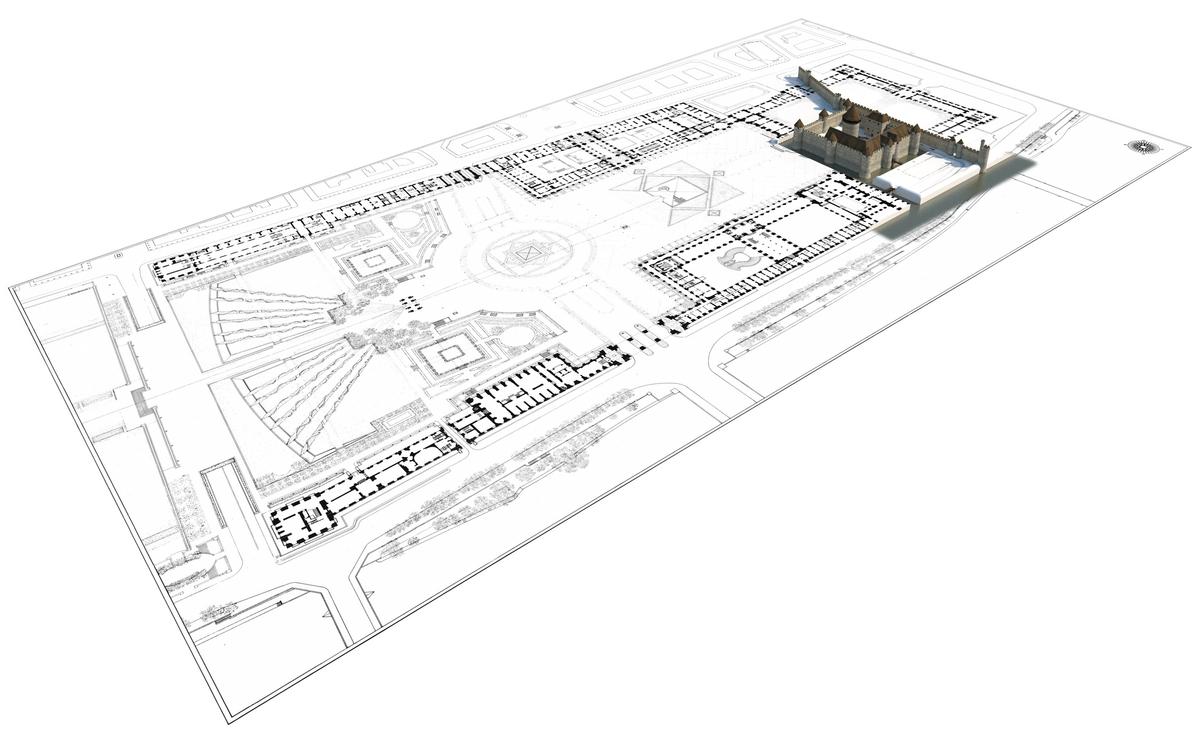PARIS—A medieval fortress turned royal palace turned museum—the Louvre takes you on a cultural journey through the ages, with around 38,000 works of art on display.
Navigating this unparalleled collection of art can be tricky. To avoid endless walking through the vast halls, it’s a good idea to plan out your route ahead of time. (Or if you’re more of a spontaneous type, ditch the map and, in an age of time efficiency and over-scheduling, just leave it to serendipity.)
A Plan
The map of the Louvre looks like an intricate board game. There are three wings—Sully, Richelieu, and Denon—that are all connected through the pyramid reception on Level 2. Rise to Level 1 and you‘ll stumble across Spanish and Italian masterpieces, then a dazzling collection of objet d’art.
One option is to plan your route around certain works you‘d like to see. You can absorb the atmosphere from sculptures such as the 4,500-year-old Egyptian Seated Scribe; the two winged, human-headed bulls carved from a single block from Mesopotamia; or the mysterious Venus de Milo. In the Richelieu wing on Level 1, wander through the illustrious decorative arts collection to the lavish Napoleon III apartments. Be sure to discover the evolution of the building and its layout on Level 1 of the Pavillon de l’Horloge (the Clock Pavilion).







